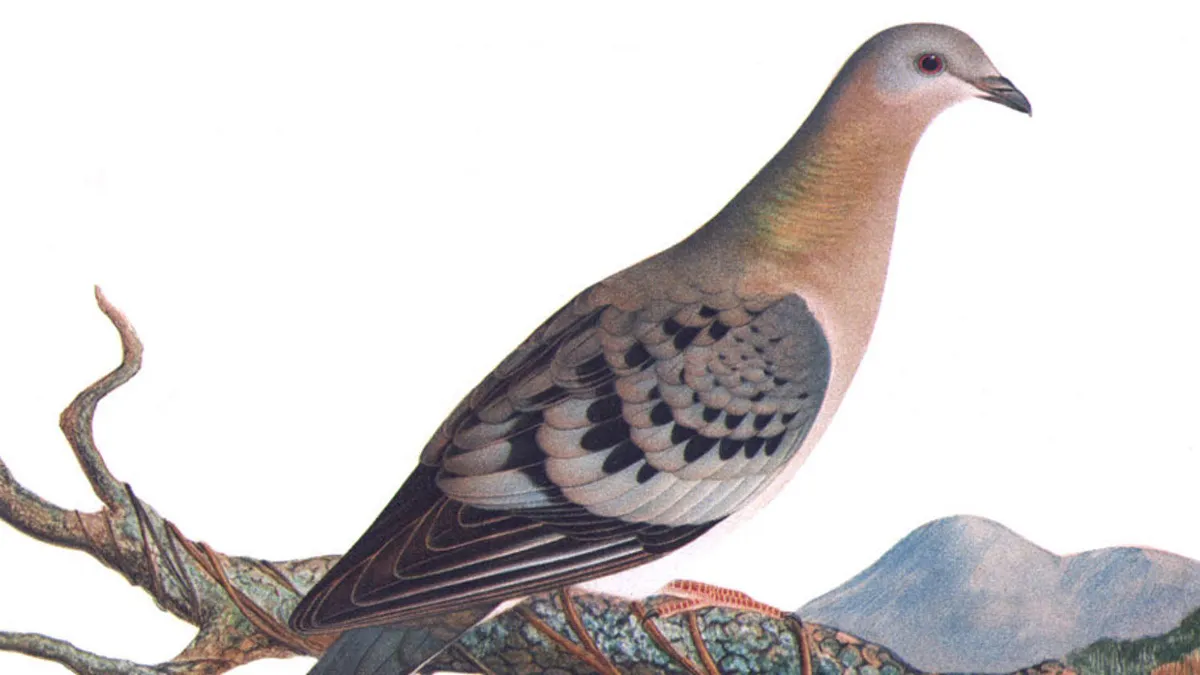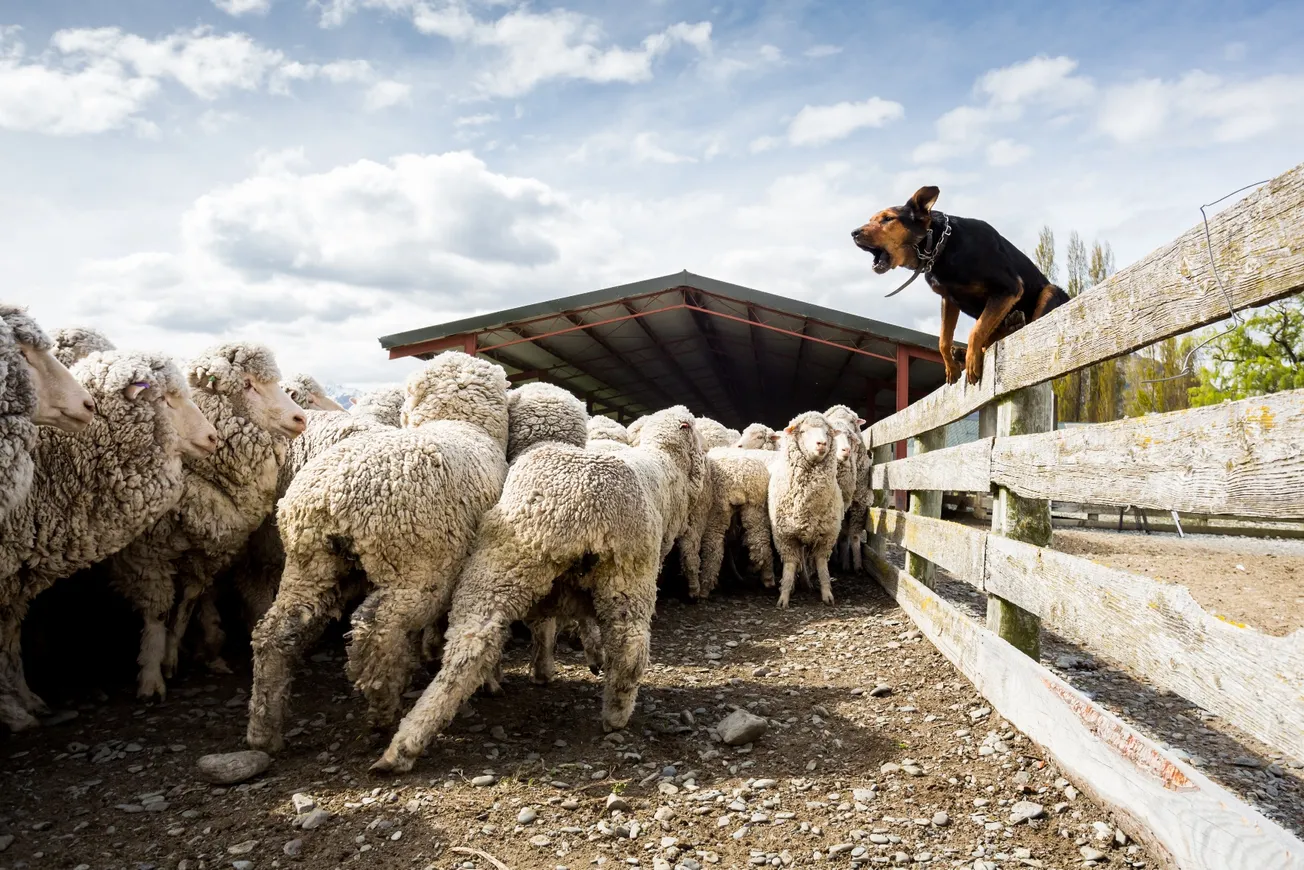Table of Contents
I first read about the Passenger Pigeon when I was but a boy. Then, as now, it was a staple of the eco-doom narrative kick-started by Rachel Carson’s Silent Spring.
And, like Carson’s book, it’s a severely flawed narrative which overlooks key facts.
The Passenger Pigeon was a once-plentiful bird that flew over the skies of North America. Surviving records show that billions of birds swarmed together during the breeding season, allegedly blackening out the sun for days on end and forcing people to take cover from the literal storm of excrement from the skies. The largest gathering ever recorded was in 1871 in Wisconsin, with hundreds of millions of birds nesting over an area the size of roughly thirty Manhattans.
Forty years later, the bird was extinct[…]The tragedy of the Passenger Pigeon is an environmentalist staple.
Obviously, it’s not good that the birds became extinct. But, there’s a nagging detail in the story that I, like so many others, failed to pick up on. Swarms of billions? Blacking out the sky?
That sounds more like locusts.
The Passenger Pigeon makes for a good story: a colorful bird, previously existing in unheard-of abundance, fell prey to profit-seeking colonialists, their dirty industries and disregard for nature.
This story is mistaken – or at least incomplete[…]
The extreme state of abundance, in which generations past encountered the pigeon, ought to have sounded alarm bells: How come that they did not have more predators? Could this abundance really be part of a natural ecosystem?
Recent history scholarship is showing that the idea that America was a “virgin wilderness” was a misconception by Europeans who mostly arrived after a human ecological disaster had swept the land. In fact, many colonial accounts marvel that America was almost like a garden, prepared by nature for their use. It was a garden, of sorts – but the gardeners had only recently vanished.
In many cases, disease swept through the Native Americans ahead of the settlers. As in any garden left untended, pests exploded.
The peculiar wilderness that confronted colonialists shows all the hallmarks of an ecosystem in sudden disarray. The “outbreak populations,” such as that of the passenger pigeon, is what happens when keystone species are abruptly removed from the environment. Contrary to what nineteenth century ornithologists thought, the Passenger Pigeon had not been swarming in the billions before the Europeans arrived. Its bones are almost entirely absent from the native peoples’ archaeological sites. The simplest explanation, argued the late geo-archeologist William Woods, is that Passenger Pigeons were actually quite rare in North America before Columbus.
Feeding on acorns, nuts and grains, the pigeons were ecological competitors of the human population, which survived by hunting, agriculture and forestry. When the native population succumbed to the European “germs and steel,” former’s “close, continual oversight” of the land disappeared. After “epidemics removed the boss,” writes [Charles] Mann, “ecosystems shook and sloshed like a cup of tea in an earthquake.” The passenger pigeon “burst and blasted, freed from constraints by the disappearance of Native Americans.”
Previous, overly-romanticised notions tended to see Native Americans – and, in Australia, Aborigines – as merely adapting to their environment. In fact, both indigenous peoples transformed the land to suit their own needs. In Australia, Aborigines hunted the abundant megafauna to extinction. Later, they burned vast tracts of previously dense forest, created open grasslands perfect for hunting.
In America, the indigenes kept their competitor species down, too
When the apex predator, who burned the forest and consumed [the Passenger Pigeon’s] food, suddenly disappeared, a previously peripheral species saw an initial and unsustainable boom in their numbers. The European writers mistook an ecosystem in disarray for an abundant natural treasure.
While it is true that nineteenth century Americans hunted the passenger pigeon, plowed the land where the bird flourished and deforested the woods where it lived, the natural abundance of North America for which the pigeon has become a synonym is a myth[…]
While extinction of the Passenger Pigeon was a tragedy, it represented but a return of the land to human management.
If you enjoyed this BFD article please consider sharing it with your friends.









